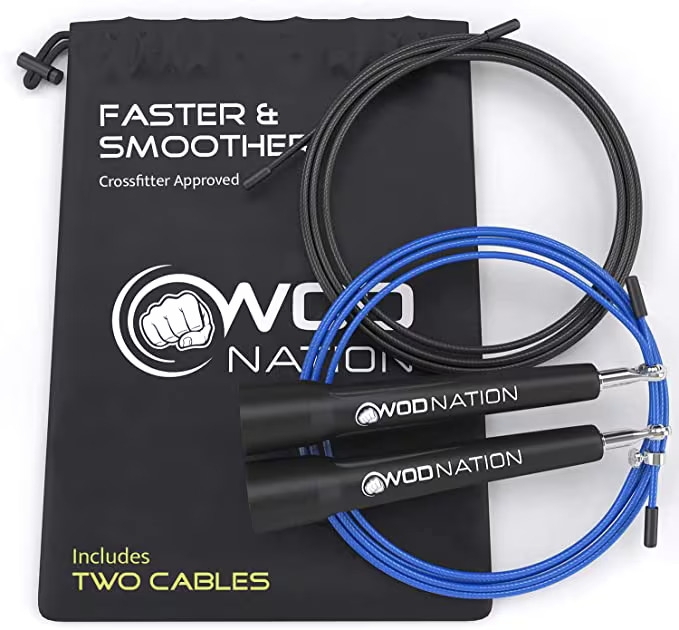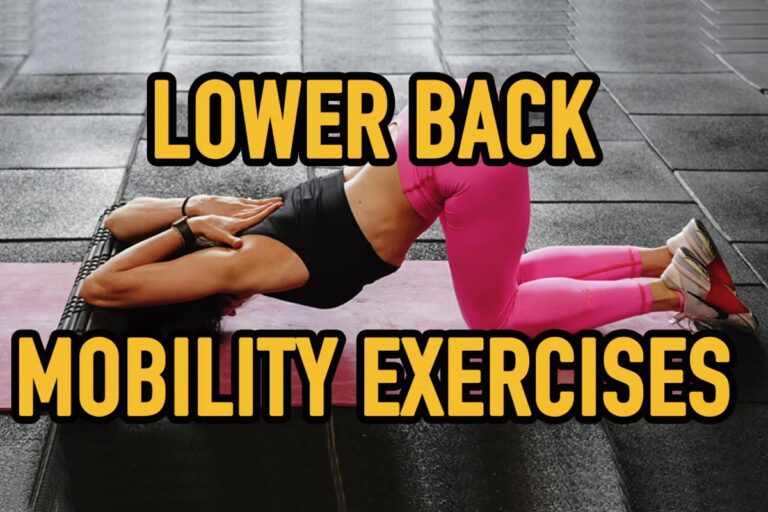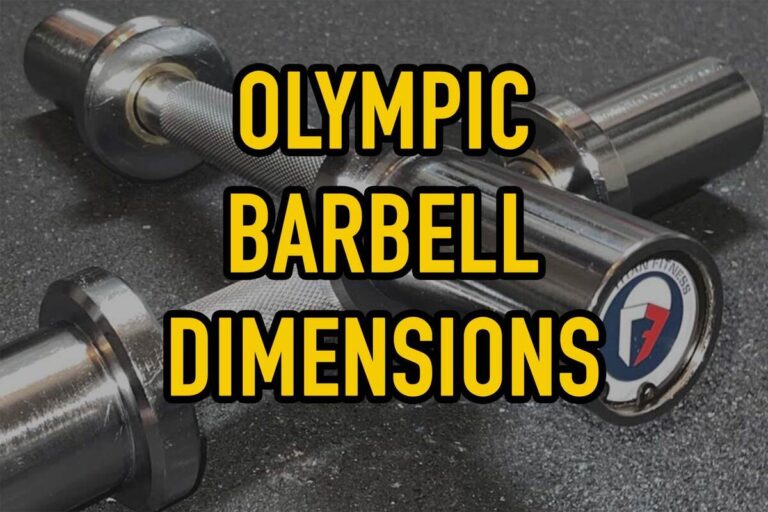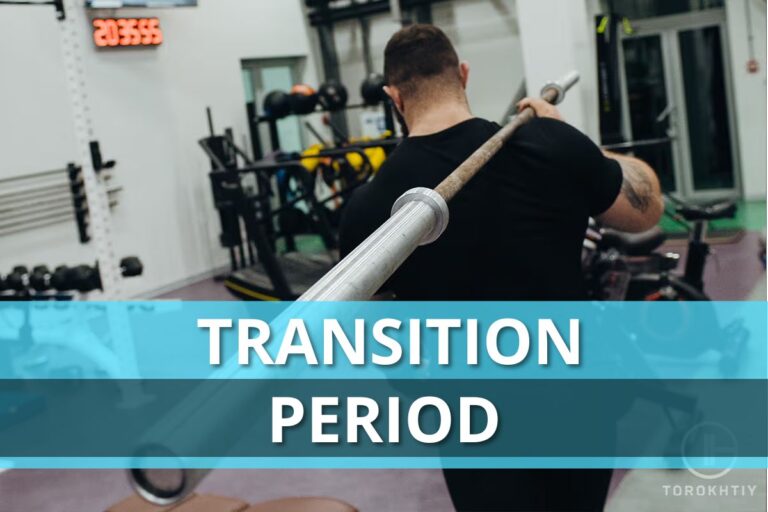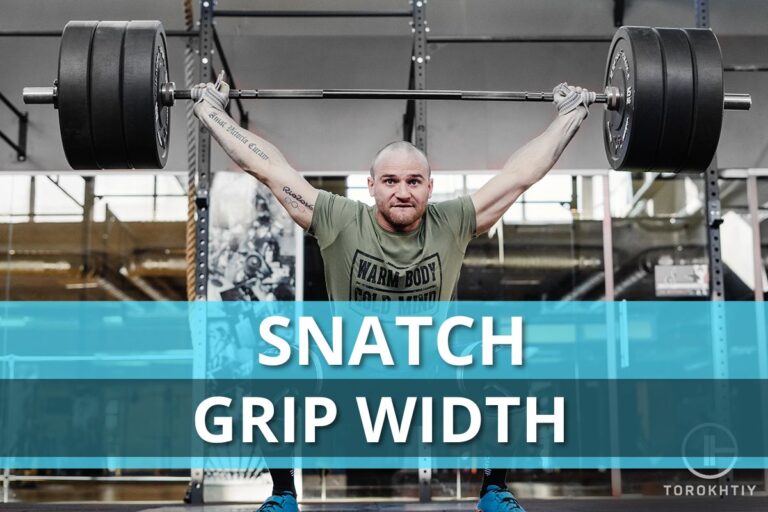What Muscles Does Jump Rope Work?
Whether your goal is to lose weight or gain fitness, jumping rope offers many benefits to different muscle groups and the heart.
But most people interested in incorporating jumping rope into their exercise routines ask: What muscles does jump rope work on? What muscles are used when jumping rope? These are good questions because knowing the ins and outs is vital before indulging in any exercise.
In this article, we will cover the different groups of muscles a jump rope works on, when to use it, and its benefits. We will also cover the different types of jump ropes, their purposes, and a few frequently asked questions.
What muscles does jump rope work? Jump rope works on several muscles, including the hand, back, forearm, arms, shoulder, back, quads, abdominal, glute hamstring, and calf muscles. The core is another muscle used in jump rope.
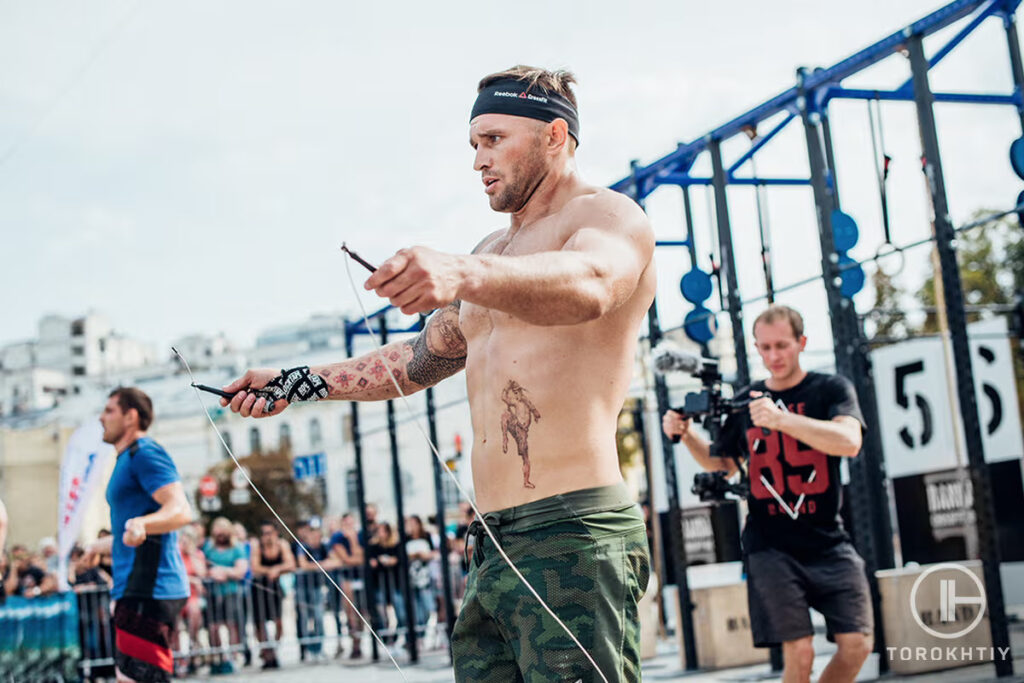
What Muscles Does a Jump Rope Work?
Does jump rope build muscle? We know you’ll ask that question. However, here are the muscle groups that a jump rope work on:
1. Shoulders
A Jump rope helps in keeping the shoulders and scapula firm. It benefits several shoulder muscles, such as the rotator cuff, deltoids, and rhomboids.
According to a study published in the journal of sports rehabilitation, jump-rope training is good conditioning for volleyball athletes because of its potential benefits of strengthening the shoulders.
2. Hamstrings
A jump rope works on the hamstring. The hamstring is found on the back side of the upper leg. The hamstrings comprise three smaller muscles: biceps femoris, semimembranosus, and semitendinosus. When someone jumps with a rope repeatedly, the movement strengthens the hamstrings and improves the flexibility of the knee flexions.
According to a study published on the National Library of Medicine, rope jump improves joint repositioning and coordination.
3. Calves
The first question on your mind is: does jump rope build calves?
Jumping rope works on the calves. This is a primary group of muscles comprising the gastrocnemius and soleus. This group of muscles extends to the ankles.
A jump rope improves the size and strength of the calves.
The American Council on Exercise reports that jumping rope improves the elasticity and strength of the lower-leg tissues. This reduces the risk of injuries.
4. The Core or Abs
A Jump rope propels the abs. This leads to fat loss and strengthening of the abdominals. The core should be kept at a straight, rigid angle during rope jumping to aid power transmission from the lower body to the upper body.
A 12 weeks experiment on rope training jumping sessions reveals that the participants improved their dynamic balance and stability.

5. Glutes
Jumping rope engages the glute group of muscles. The gluteal muscles comprise different smaller muscles such as the gluteus maximus, gluteus minimus, and gluteus medius. They are all connected to the femur (i.e., thighbone) and are responsible for a balanced lower body.
6. Quads
The quads are another muscle group that is worked on by jump ropes. The quads enable you to jump freely and high. The Quadriceps Femoris comprises four smaller muscles: rectus femoris, vastus medialis, vastus lateralis, and vastus intermedius.
Rope jumping helps to build and strengthen the quad group of muscles.
7. Arms
Rope jumping engages the upper arm muscles. They comprise of biceps and triceps. Since the arms must be extended during rope jumping to propel the rope around the body, this repeated movement improves the flexibility and strength of the upper arms muscles.
After 12 weeks, a study examining the effects of rope skipping on the physical fitness of adolescents showed improved muscular strength and flexibility.
8. Back
Rope skipping engages the back muscles by aiding the body to maintain an upright position. The back muscles comprise the lats and traps.
9. The Forearms
Rope jumping stimulates the forearm muscles. The forearm muscles comprise the flexor digitorum profundus and superficialis. These two muscles form a part of the palm side of the forearm. The extensor digitorum (found on the back side of the lower arm) is also part of the forearm muscles that are engaged.
When to Use Jump Ropes?
The way to use jump ropes depends on your experience, fitness level, and workout goals. You can add it to another workout or make it your entire workout.
Here are some ways to use it:
1. Warmup
To use jump ropes to warm up your muscles before another workout, you must jump rope for three to five minutes consistently and moderately.
2. Finishing Up Workout
To use jump ropes to finish off your workout session, consider raising your heart rate by completing a fast, burnout session.
Take 100 jumps quickly toward the end of your workout session. Go for a short break, and resume jumping in a period of 100 for up to 500 or over.
Target to do as many periods as possible with 10 – 15 minutes.
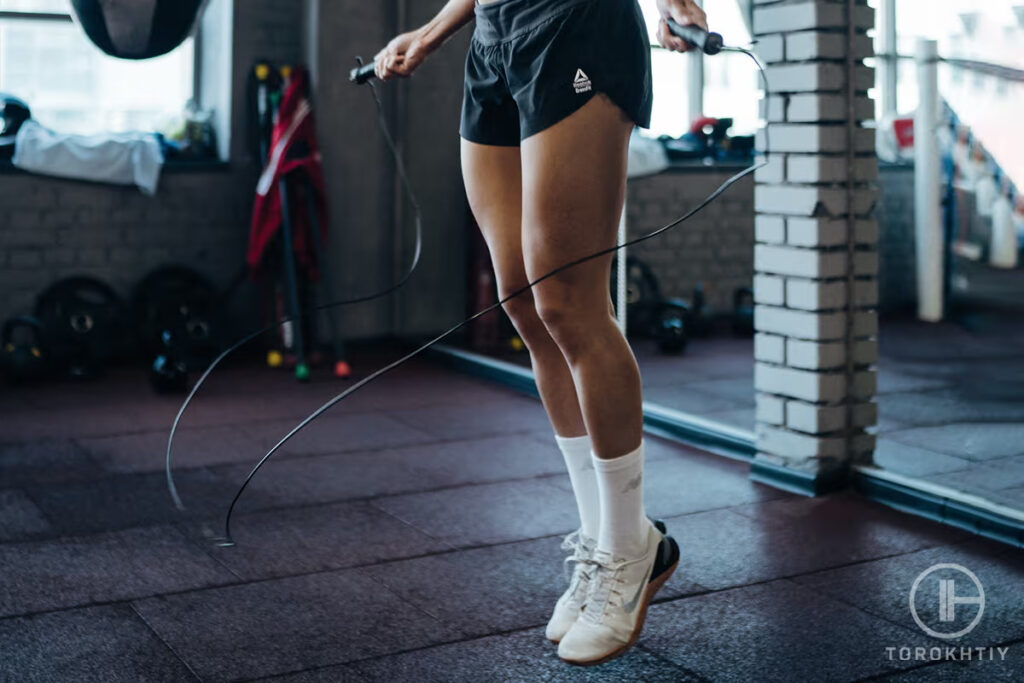
3. Endurance Workout
To do this workout, you need to skip rope as long as possible. It would help if you did it at a slow and moderate pace.
Before you begin, you need to start a stopwatch and see how long you can last in rope jumping without stopping. Once you get a time frame, go for a brief break and go again.
With time, aim to increase your rope skipping time.
4. Mid-Workout
If you hate waiting while weight training, you can take a jump rope and skip for 30 to 60 seconds to keep your heart rate going.
5. Sedentary break
If you want a quick break from sedentary, take a jump rope and jump for a few minutes.
Benefits of Rope Jumping
Here are some benefits of rope jumping:
✅ Aids in Weight Loss
Rope jumping engages all the muscles in the body. The more someone jumps, the more calories they’ll burn. That’s why skipping is among the recommended methods to lose weight.
The number of calories burned during rope jumping depends on the person’s weight, exercise duration, and intensity.
For instance, 20 minutes of fast rope jumping can burn 362 calories for a 200-pound (91-kg) person. A slow rope jumping session of 20 minutes can burn 241 calories for a 200-pound person.
If you’re just starting, you can begin by skipping with low intensity. As time passes and you gain balance and coordination, you can increase the intensity of your skipping workout session.
A study published in MDPI Journal shows that calorie restriction and rope skipping may reduce weight and enhance body composition in young adults.
Before starting any workout to lose weight, you should consider your age, past medical history, and present medical condition.
Tip: To effectively lose weight, you need to eat a balanced diet and plan your weight loss goals. You need to be committed to the cause.
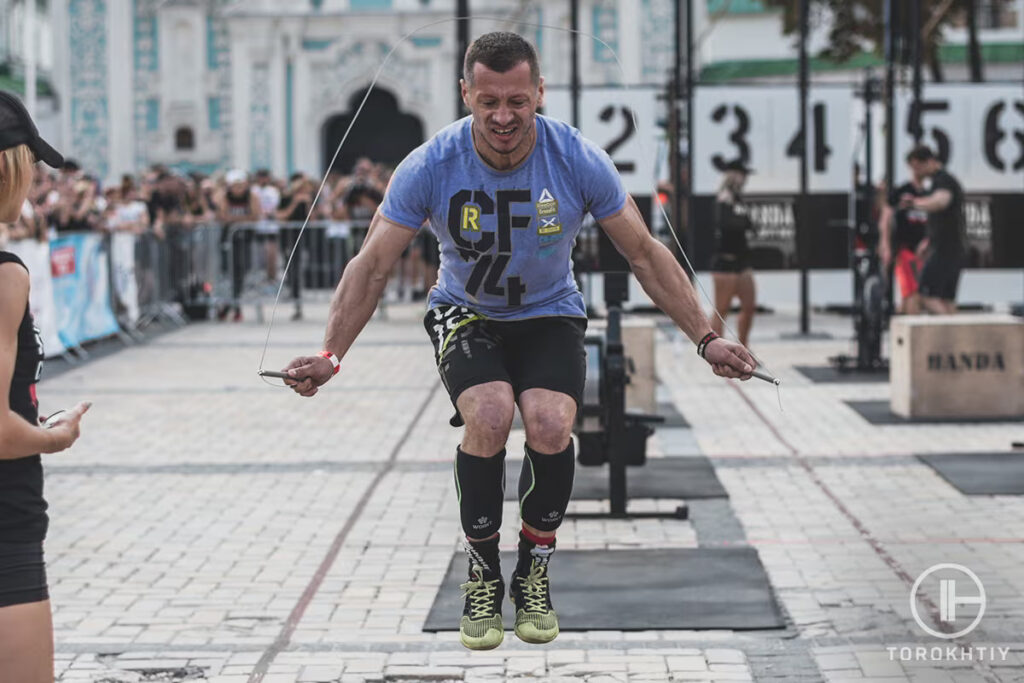
✅ Enhances Cardiovascular Health
Rope jumping is a great choice for improving your cardiovascular health. When you jump consistently for an extended period, your body requires more blood and oxygen to be distributed to your functioning muscles. This, in turn, boosts your heart and respiratory rates to adapt to the increasing demand.
With time, this will strengthen your heart and enhance the capacity of your lungs.
After a 7-week study on 28 middle-aged school boys, it was discovered that rope skipping is a feasible and safe method for improving cardiovascular endurance and agility.
✅ Strengthens the Muscles
Rope skipping triggers several groups of your muscles, including the quads, hamstrings, back, core, forearm, arms, abs, calves, and shoulders. This improves muscular strength and endurance.
For instance, you can exercise for an extended time and produce an increased quick burst of power.
Findings from 12 weeks of rope jumping exercise show that rope skipping can improve flexibility and muscular strength in adolescents.
✅ Strengthens the Bones
Rope skipping engages and strengthens the bones. During rope jumping, the bones experience temporal stress caused by the reaction force of the ground. This, in turn, builds and strengthens the bone.
Findings from a study suggest that rope skipping contributes to bone health in the lower limb.
✅ Enhances Coordination and Balance
The process involved in rope jumping improves the coordination of your arms, torso, and legs. In addition, you need to apply the right balance to keep yourself going.
Since you can control the speed at which you jump and turn the rope, you’re slowly improving your coordination and balance.
A study reveals that rope skipping practice improves coordination and balance in preadolescent soccer players.
Types of Jump Ropes and Their Purpose of Use
Before choosing any type of jump rope, you must consider your proficiency level, goals, intended use, surface type, and versatility.
Here are some types of jump ropes and their purposes:

1. Weighted Jump Rope
Weighted jump ropes, also known as heavy jump ropes, target your shoulders and arms. They are incorporated with extra weight (1 to 6 pounds) into the handles and cables. Since the extra weight exerts more weight on your shoulders and arms, you must put in more energy to use it. This, in turn, Improves your strength and fat loss.
They can be used indoors or outdoors and are suitable for building speed, power, and endurance.
1. Sport
Experienced jumpers usually use weighted jump ropes because it helps improve their form, coordination, and timing.
2. Muscle Improvement
Speed jump ropes engage several muscles to improve stamina and endurance.
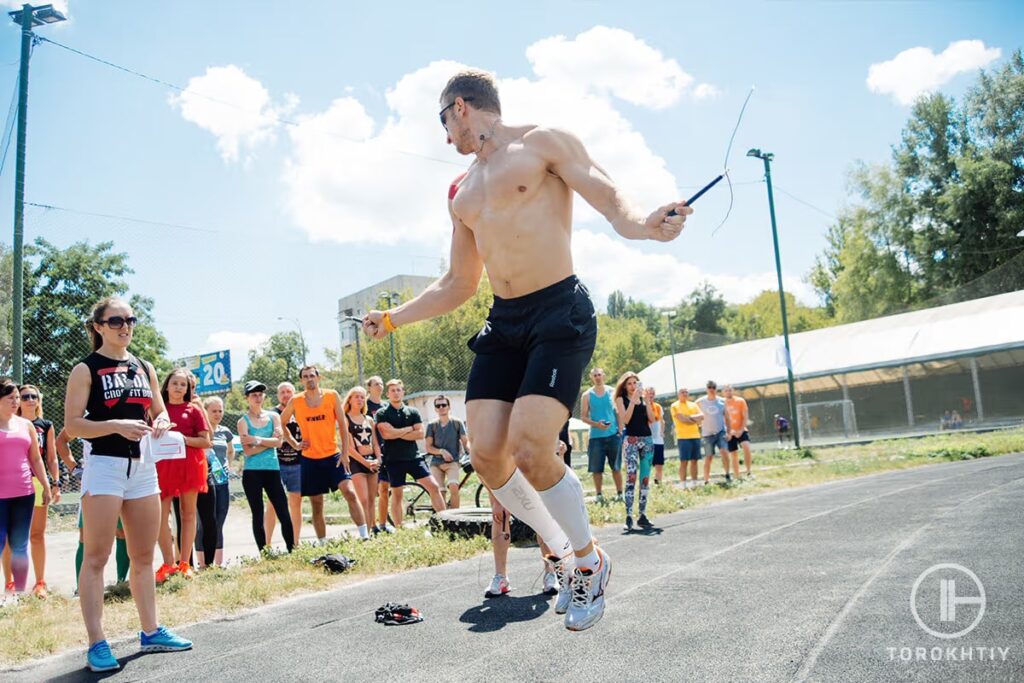
2. Basic Skipping Ropes
Basic skipping ropes are thicker than speed ropes and thinner than weighted ropes. This makes it a better choice for those starting rope jumping. Many are made of plastic with rubber or foam handles. They are suitable for anyone wanting to keep fit and burn a couple of calories.
1. Muscle Improvement
Basic skipping ropes target all the muscles in the body.
2. Sport
Basic skipping ropes are suitable for athletes like soccer players.
Jump Rope We Recommend
The jump rope we recommend is WOD Nation Speed Jump Rope.
WOD Nation Speed Jump Rope is a great choice for those looking to improve their cardiovascular health, concentration, speed, agility, dexterity, balance, coordination, and endurance. This rope is made of surgical steel and ABS materials. The rope features a parented fast 4-bearing system, a 6.75 long and 4 high-grade meters bearing to help you achieve your target goals.
The rope has a 10-foot length 2 mm coated cable, including a spare cable, and a convenient carrying bag that keeps you going at home or the gym.
The manufacturer offers a step-by-step guide to help you set it up.
FAQ
What Happens if I Jump Rope Every Day?
Depending on your workout goal and fitness level, you can develop injuries if you do long jump sessions daily as a beginner. You can start with short sessions to give your body time to adapt and, over time, extend your rope jumping session. Rope jumping improves your cardiovascular health and strengthens your muscles and bones. Therefore, it’s not a bad idea to practice it daily.
Is Jump Rope Better Than Running?
Depending on your fitness level, health condition, and workout goals, if your goal is to improve your cardio, both offer similar benefits. If you aim to recover from joint injuries or play it safe with your joints, rope skipping is a better alternative.
Does Jumping Rope Reduce Belly Fat?
Jumping rope is a low-impact exercise that helps burn calories, aiding in fat loss all over your body, including your belly. In short, jumping rope helps reduce belly fat.
Does Jumping Rope Work Your Core?
Rope jumping works on your core, abs, and other muscles.
What Does Jumping Rope Target?
Jumping rope targets different kinds of muscle groups in the body. They include shoulders, forearms, quads, hamstrings, etc. To target some specific muscles, you might need to explore the different types of jump ropes.
Conclusion
Jump ropes are useful if you plan on improving your cardiovascular health, stamina, strength, fitness level, and bone health. In addition, they benefit different muscular groups. The muscles used in jumping rope include the shoulders, core, back, forearm, arms, abs, quads, hamstrings, and calves.
You can use rope skipping to warm up before any workout or alone as an exercise. This depends on your objectives and preferences.
Different types of rope jump offer similar benefits, but may be suitable for experts, targeting specific groups of muscles. This depends on your fitness level, skills level, and goals.
If you want to get a jump rope, WOD Nation Speed Jump Rope is our recommended skipping rope.
Do you add rope jumping to another workout? Or do you do it alone? Which type of jump rope do you prefer? Which of them have you used? When is your favorite workout time? How long is your workout session? We’ll expect your thoughts in the comments.
Also read:
- Single Unders
- Weighted Jump Rope Benefits
- Functional Fitness Jump Rope Workout
- How Long Should A Jump Rope Be
- How To Do Double Unders
- Types Of Jump Ropes
- Jump Rope vs Speed Rope
- Best Functional Fitness Jump Rope
- Best Jump Rope
References:
- The effects of jump-rope training on shoulder isokinetic strength in adolescent volleyball players // Pubmed: https://pubmed.ncbi.nlm.nih.gov/20543219/
- The effects of rope or weighted rope jump training on strength, coordination and proprioception in adolescent female volleyball players // Pubmed: https://pubmed.ncbi.nlm.nih.gov/21681154/
- Why health & fitness professionals choose an ACE Certification Program // Acefitness: https://www.acefitness.org/fitness-certifications/why-choose-ace-certification/
- The Effect of Rope Jumping Training on The Dynamic Balance Ability and Hitting Stability among Adolescent Tennis Players: A Systematic Analysis of Randomized Controlled Trials // Researchsquare: https://www.researchsquare.com/article/rs-2426206/v1
- Physical Fitness Promotion among Adolescents: Effects of a Jump Rope-Based Physical Activity Afterschool Program // Ncbi: https://www.ncbi.nlm.nih.gov/pmc/articles/PMC7463663/
- Effects of Caloric Restriction and Rope-Skipping Exercise on Cardiometabolic Health: A Pilot Randomized Controlled Trial in Young Adults // Ncbi: https://www.ncbi.nlm.nih.gov/pmc/articles/PMC8467906/#!po=0.769231
- Effects of Caloric Restriction and Rope-Skipping Exercise on Cardiometabolic Health: A Pilot Randomized Controlled Trial in Young Adults // Mdpi: https://www.mdpi.com/2072-6643/13/9/3222
- The Influence of Different Rope Jumping Methods on Adolescents’ Lower Limb Biomechanics during the Ground-Contact Phase // Ncbi: https://www.ncbi.nlm.nih.gov/pmc/articles/PMC9139829/
- Rope skipping increases bone mineral density at calcanei of pubertal girls in Hong Kong: A quasi-experimental investigation // Ncbi: https://www.ncbi.nlm.nih.gov/pmc/articles/PMC5722366/
- Jump Rope Training: Balance and Motor Coordination in Preadolescent Soccer Players // Ncbi: https://www.ncbi.nlm.nih.gov/pmc/articles/PMC4657422/
Why Trust Us?
With over 20 years in Olympic Weightlifting, our team does its best to provide the audience with ultimate support and meet the needs and requirements of advanced athletes and professional lifters, as well as people who strive to open new opportunities and develop their physical capabilities with us.
By trusting the recommendations of our certified experts in coaching, nutrition, dietology, and sports training programming, as well as scientific consultants, and physiotherapists, we provide you with thorough, well-considered, and scientifically proven content. All the information given in the articles concerning workout programming, separate exercises, and athletic performance, in general, is based on verified data. We ensure that you can rely on our professionals’ pieces of advice and recommendations that can be treated as personalized ones which will benefit you and fully meet your needs.
The product testing process is described in more detail here
Author: Tanya Shaiko
News Editor, Olympic Lifting Enthusiast
Best Results: Snatch – 61 kg,
C&J – 78 kg
I’m Tanya, and I just can’t do without fitness. About six years ago, I got into Olympic weightlifting and instantly fell in love with it. Weightlifting is like no other sport – it’s just you versus the bar. Driven by my unwavering passion for an active lifestyle, I’ve been eager to share my personal journey and sports enthusiasm with others. As a journalist and photographer, my interests come full circle, adding an extra dimension to the news column that I curate. This way, I keep my readers updated with the latest happenings in the sports world.

